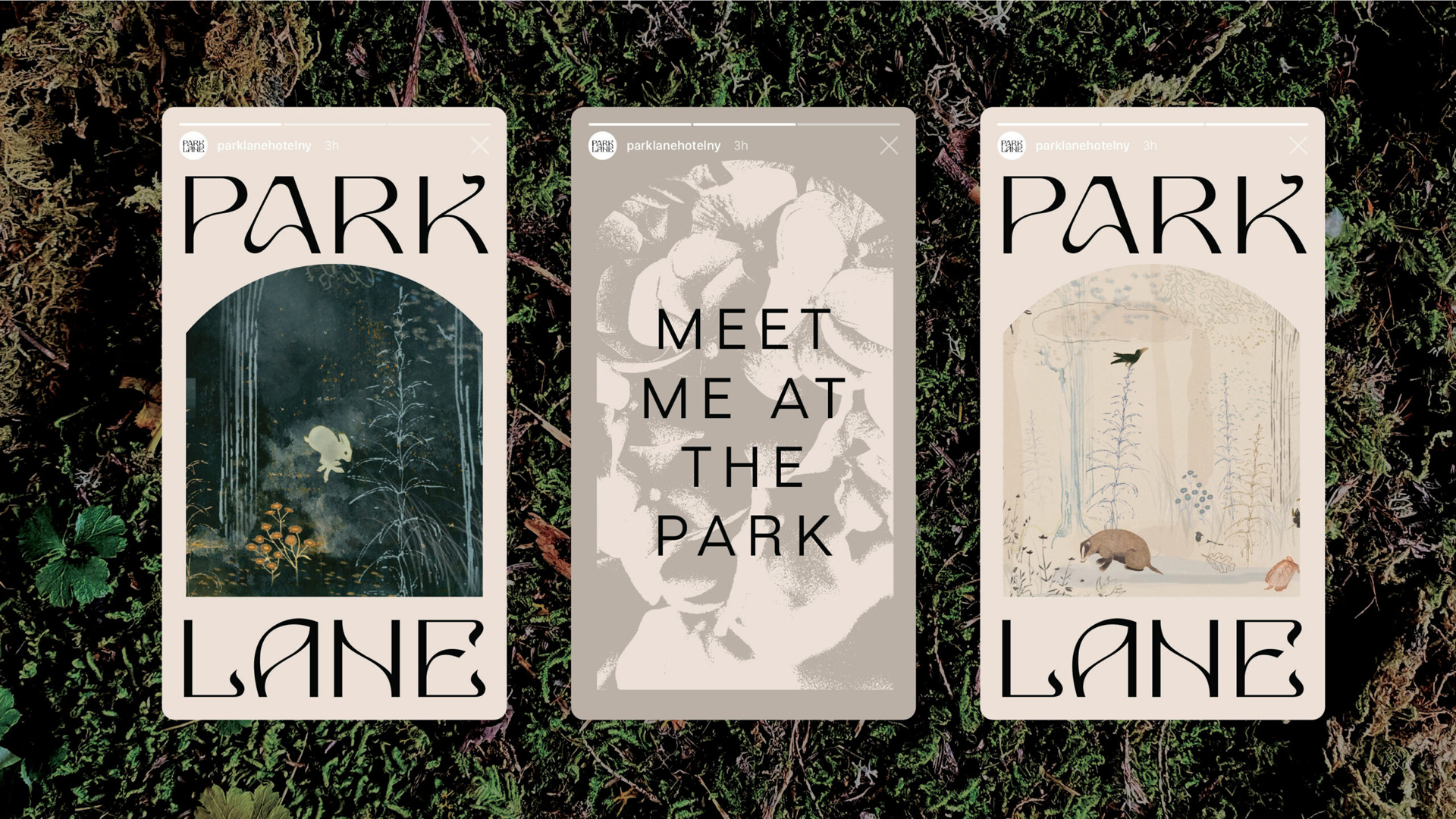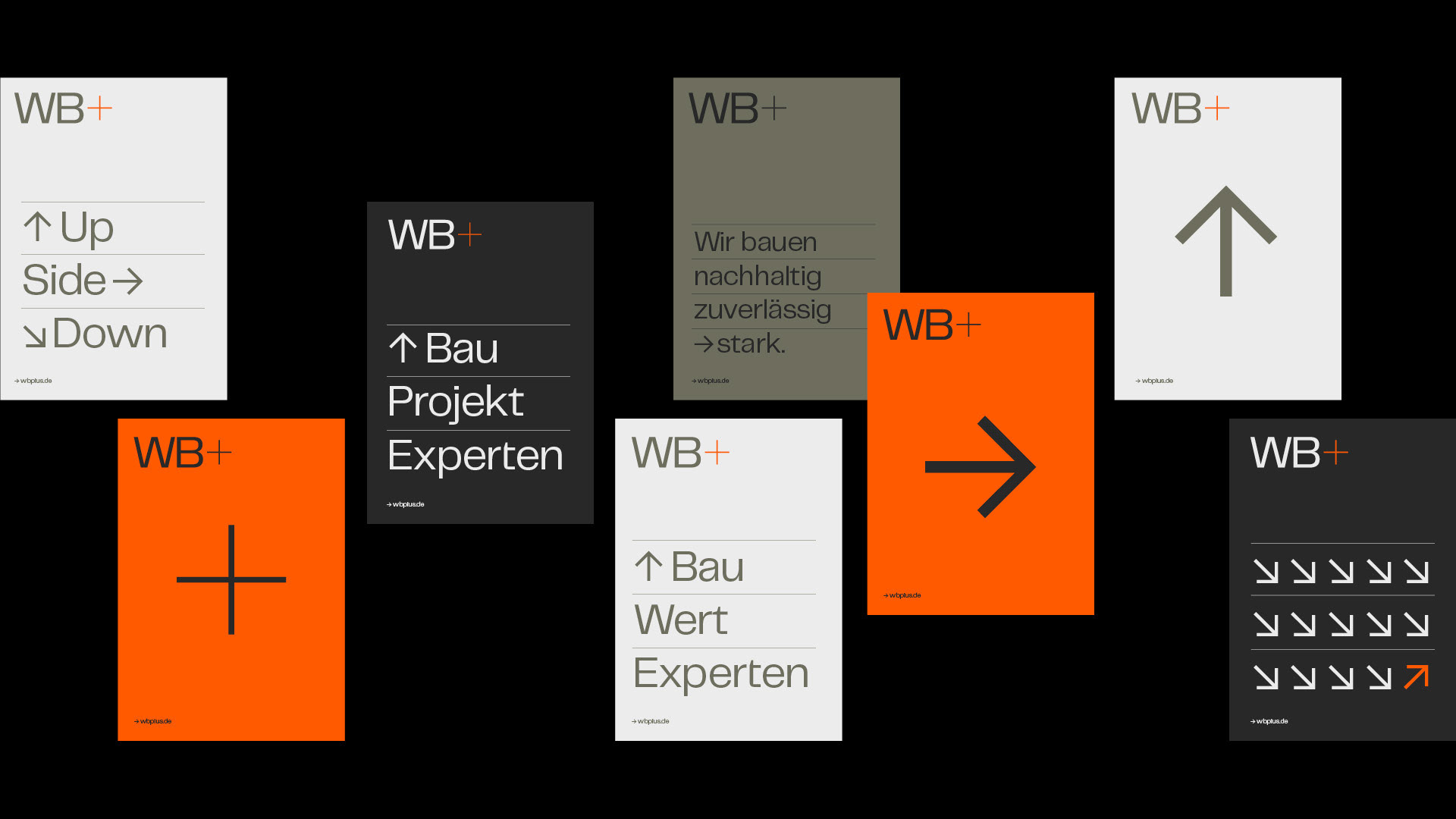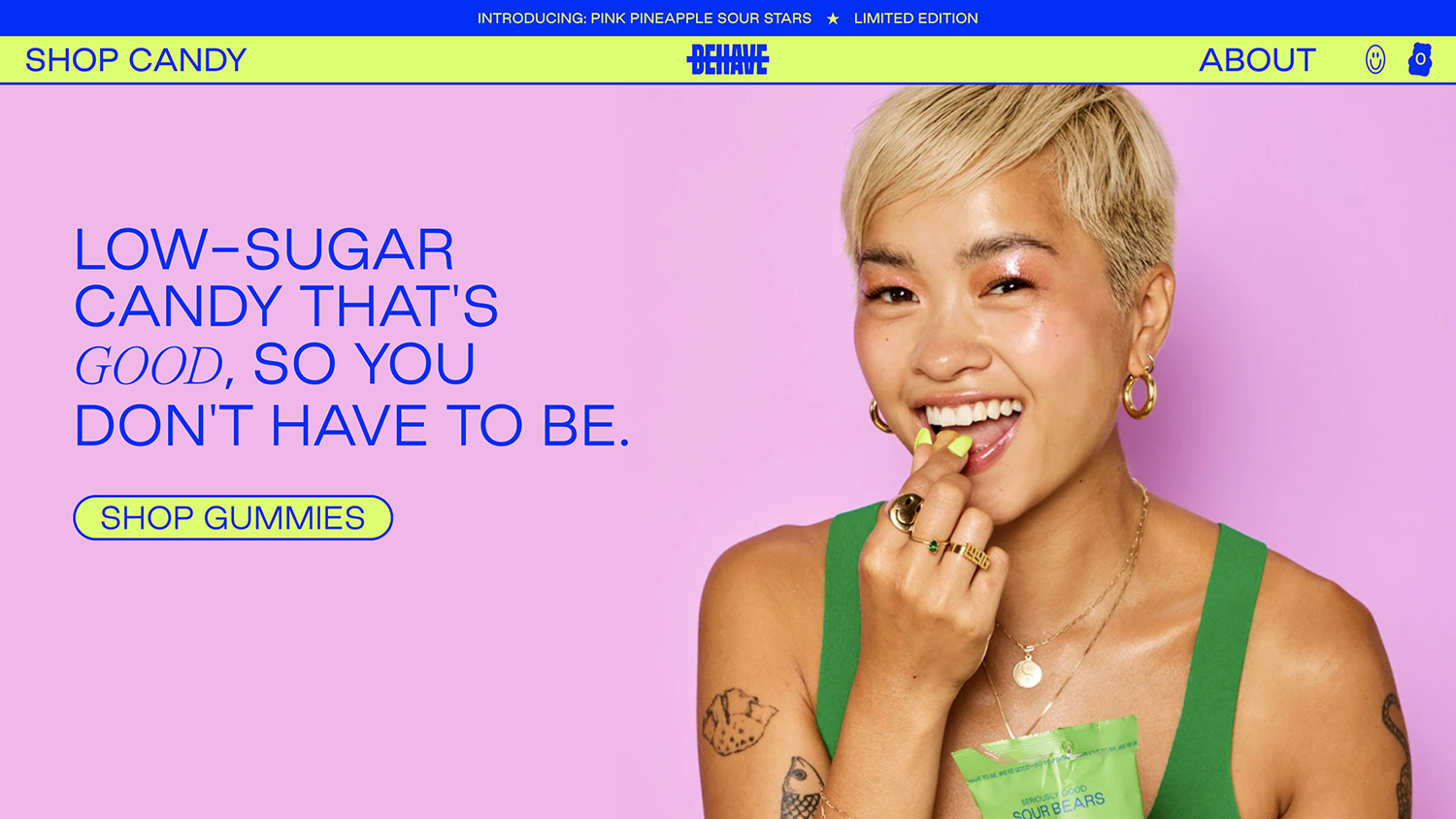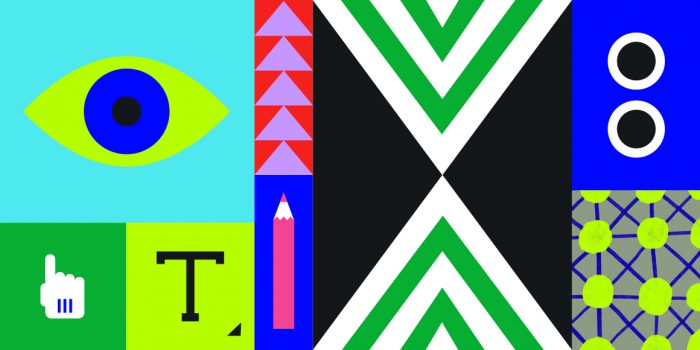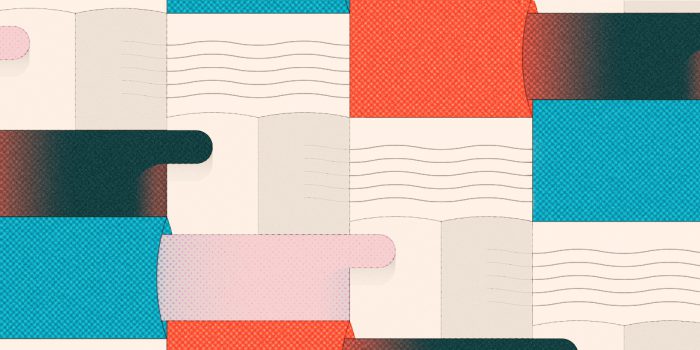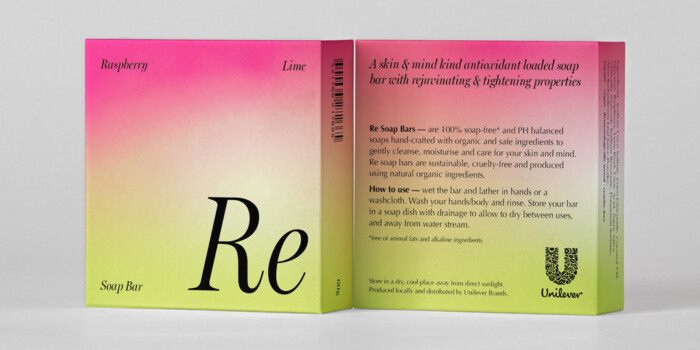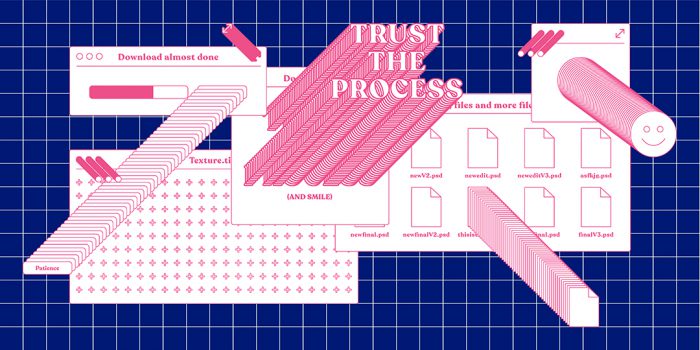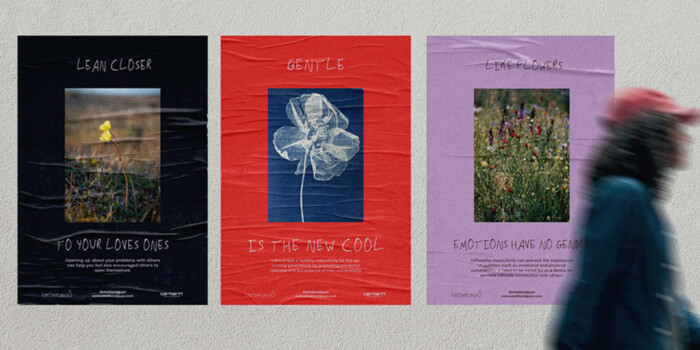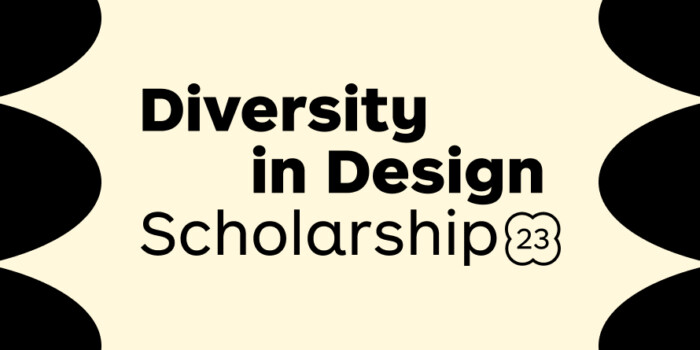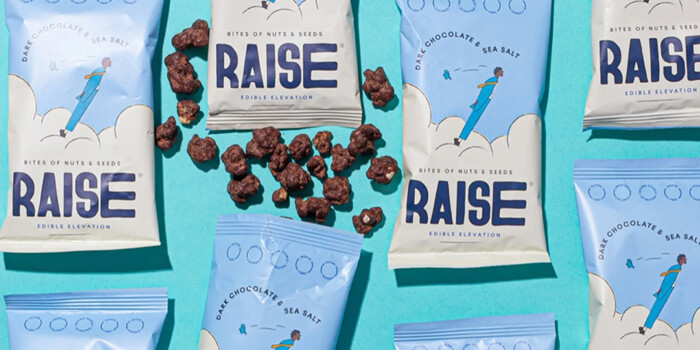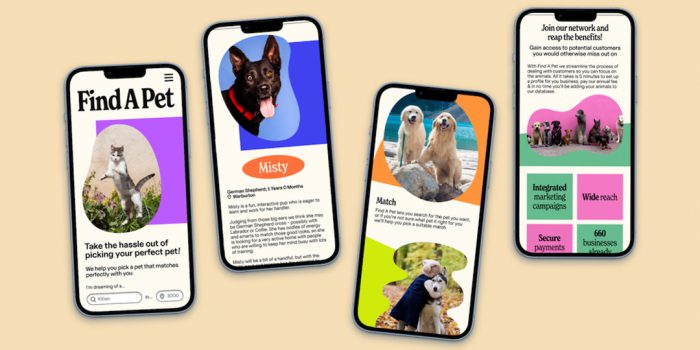Graphic Design Trends: 5 Inspirational Trends You’ll See in 2022
Every December, as the year draws to a close, we ask our teachers and leaders where they think the design industry is heading, and pull out some clearly defined trends for the next 12 months. Once again, we’ve canvassed the experts leading and teaching at Shillington’s campuses in the UK, USA and Australia. And once again, they’ve come up with some fascinating predictions for the next 12 months.
Obviously, no one can predict what will happen in the new year to any degree of accuracy. So don’t take any of this as gospel. Instead, we hope it will give you some idea of how to navigate the year ahead, and help keep you looking forward, in optimism and solidarity. So, which new trends are on our way now? Read on to find out…
1. New Hippie
After so many years of minimalistic, Scandi-influenced design, we’ve seen a shift to a new approach in 2021 that Shillington Sydney teacher Olivia Chen has dubbed ‘New Hippie’. It’s basically an updated version of 1960s hippie culture, fused with the contemporary rise in interest in spiritualism and self-care. For example in Mother Design’s rebrand of New York’s iconic Park Lane Hotel.
This trend began in the fashion world. We’ve since seen more and more flamboyant ’70s colours and patterns influencing interior design, then packaging design, and most recently graphic design. “We see this style in a new type of product that’s reminiscent of the original hippie culture, including tea, coffee replacement, skincare and incense brands,” says Olivia. “The trend can also be seen in Alessandro Michele’s Gucci, where we’ve seen a rejuvenation of the brand with a new spirit of ’70s vibrancy.”
Overall, the look of the New Hippie is a mixture of the free spirit from the ’60s and the vibrant sophistication of the ’70s. “Sans-serif is being replaced with modern serif. Colour palettes are more daring and saturated: time to say goodbye to Millennial pink and pastels. Designers and clients are now more experimental and willing to not play safe, for example using unconventional typography.”
2. Bold Minimalism
In the 2010s, we saw a rise of the so-called Anti-Design/New Wave style, which pushes back against homogeneity by bending, and sometimes even breaking, the rules of graphic design. Now we expect to see the opposite, a decline in Anti-Design/New Wave and a rise of Bold Minimalism. Check out the branding of WB+ by German studio VISEE Design for a great example of what to expect.
“Over the last couple of years we’ve seen a renaissance of complex Anti Design/New Wave styles with challenging colour palettes, repeating characterful type and visual effects,” says Shanti Sparrow, Global Head of Teaching at Shillington.
“After this, a return to simplicity and bold minimalism could speak more directly to a post-pandemic mindset,” she adds. “Simple palettes using a pop colour, neutral fonts and gridded layout structures will add comfort, and make the message the focus of the design.”
3. The Demise of Blanding
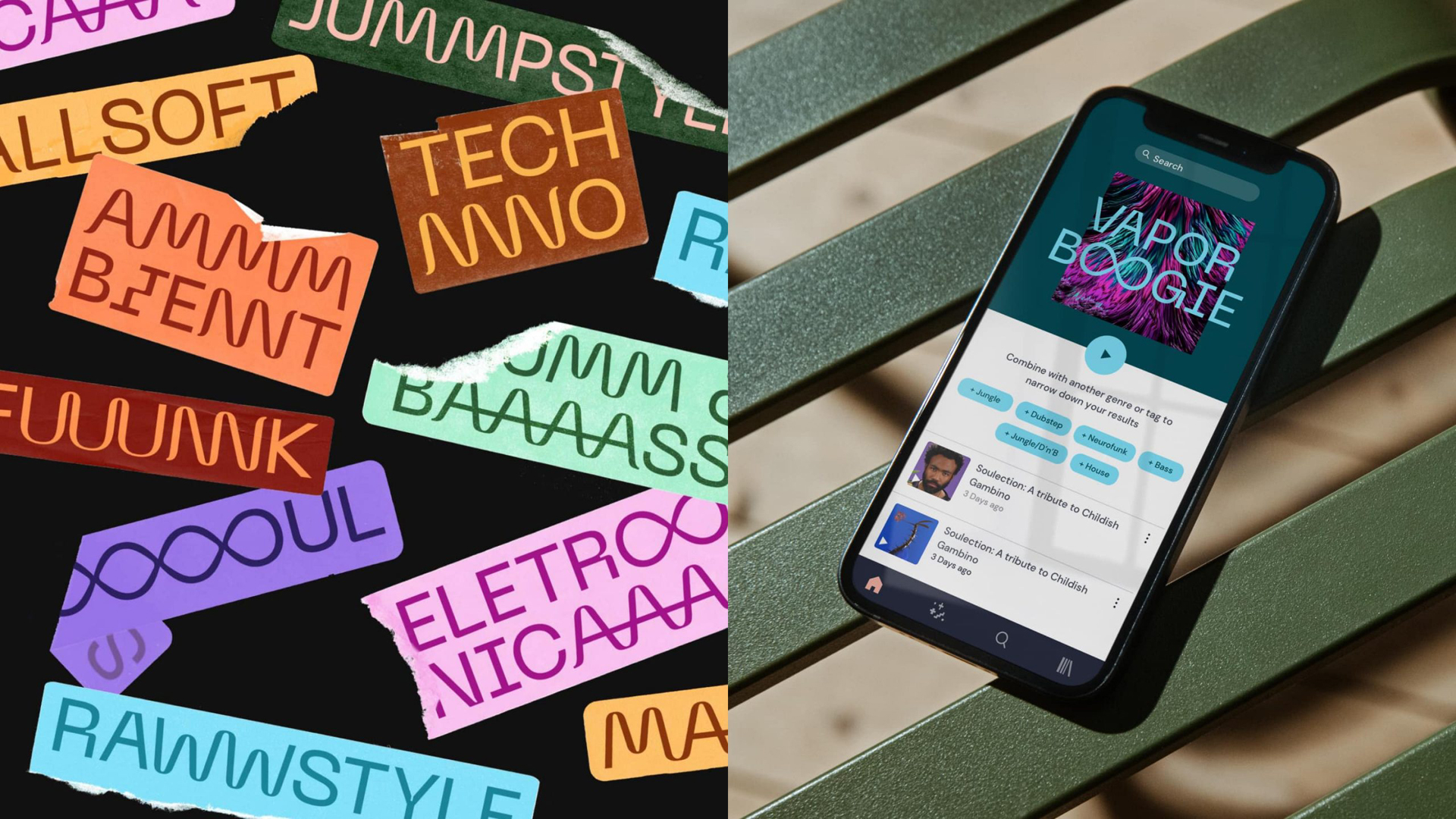
Mixcloud by Studio Output
If you haven’t heard of ‘blanding’, it’s a pun on ‘branding’ that neatly describes the process of simplifying a brand. So a fussy, decorative logo becomes a minimalist, type-only one. A complex colour scheme switches to duotone or monotone. Intricacy is out, simple shapes are in… you get the idea. We’ve all seen examples of this over the last five years.
However, John Palowski, Global Head of Course Content at Shillington, believes a counter-revolution is on the way. He predicts “the demise of blanding: out with the usual combo of simple typeset logos, choice of background colour, and cute tone of voice. Brands deserve more personality, rather than following a trend that makes it too easy to be forgotten.” John is a particular fan of Studio Output’s branding for Mixcloud, which he believes “dares to be different and offers a lot of storytelling across all branding ingredients.”
John’s not sure this will happen super-soon, though. “With a whole host of top fashion names having only recently launched rebrands that strip their core logos of personality, we might be waiting a little while longer, until brands have the confidence to get over this trend,” he says.
4. 3D High Gloss Rendering
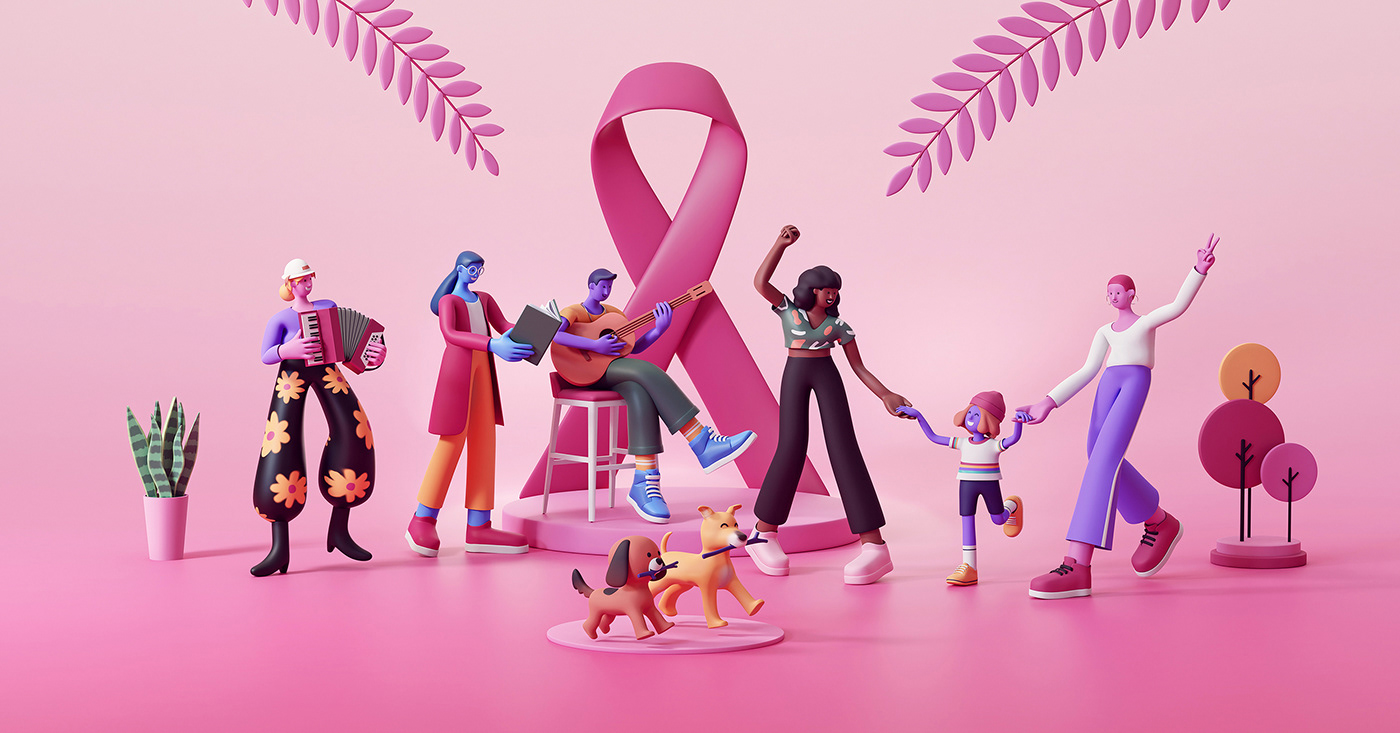
Facebook Always On by Leo Natsume
So often, new design trends are inspired by technological innovations, and Shillington Melbourne teacher Nathan Millard believes he’s spotted one for 2022.
Part of the Creative Cloud suite of software, Adobe Dimension is a 3D rendering and design app that allows you to import photos, models and textures and create impressive looking mockup images. “Adobe Dimension makes 3D so easy,” he enthuses. “So maybe we’ll see more work in 2022 incorporating 3D design. 3D high gloss renders with flat block colour: that’s my prediction.”
This 3D Rendering that we expect to explode across the world in 2022 can be seen in the work of award-winning Brazilian designer and illustrator Leo Natsume, like his Always On campaign for Facebook Brazil.
5. Maximalist Colour Palettes
Another way the design world is shifting from minimalism to maximalism is in terms of colour schemes, says Shillington New York teacher Shrenik Ganatra. “I’m seeing more and more people gravitating toward a six to seven-colour palette,” he says. “With this comes the opportunity to blend certain colours and have them work as gradients, in harmony with the solid counterparts.” One great example of this is BEHAVE Candy’s website, designed by Brooklyn studio Gander, which mixes fluorescent and pastel colours to great effect.
“I think the heavy use of gradients that are making a comeback right now will probably continue paving their way into 2022,” adds Shillington Manchester teacher Lovish Saini. “With a new nostalgia on the rise, I can definitely see them having a heavy prevalence in the new year.”
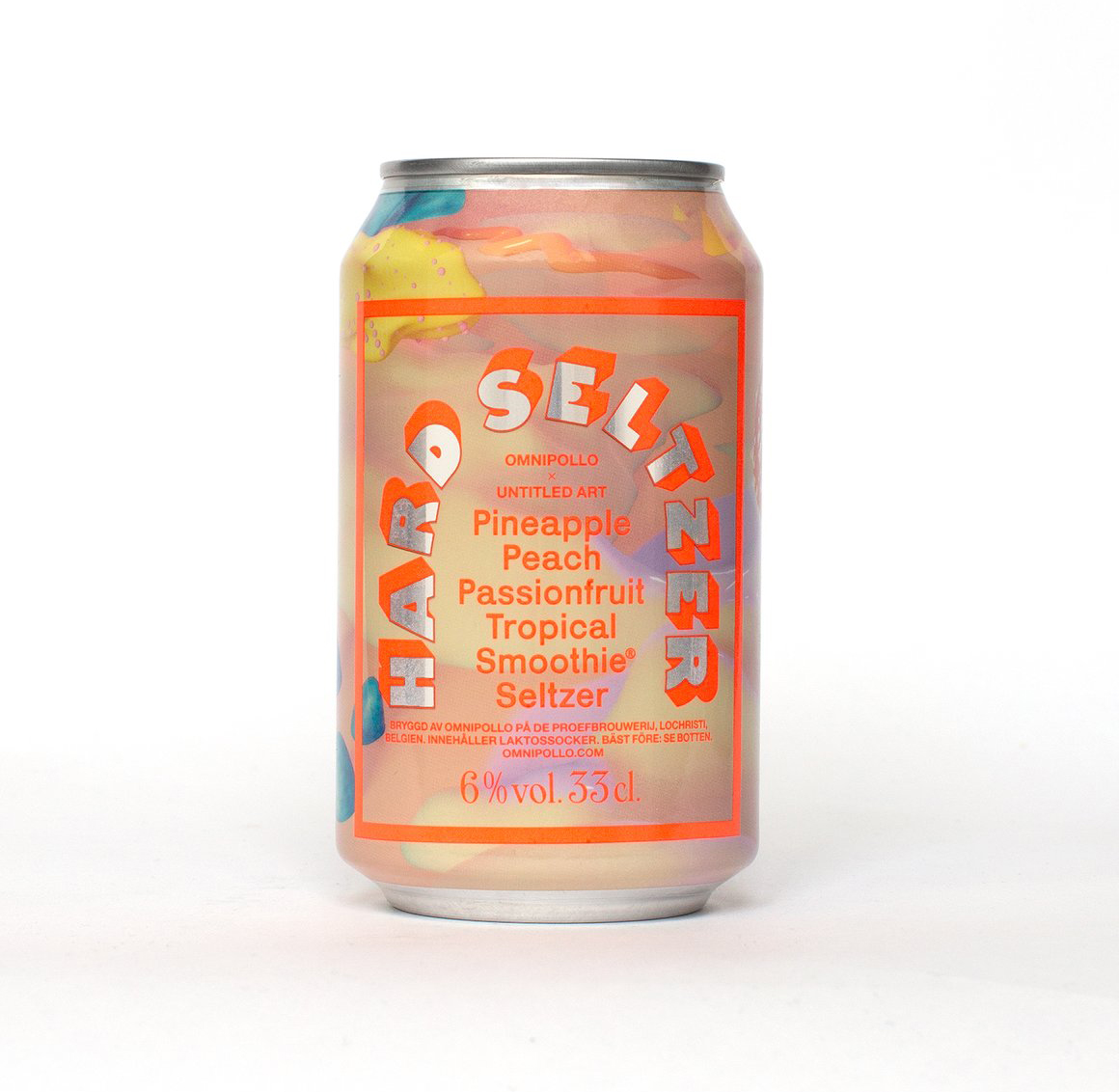
He also predicts a lot of fluorescent orange. “Ever since the pandemic, I’ve seen a huge rise in the use of this colour to represent a hopeful future,” says Lovish. “I think as we dive into 2022, fluorescent orange will definitely be blasting its way into the trendiest colours to use by designers.” Swedish brewery Omnipollo merge a pastel gradient with fluorescent orange to dreamlike effect on their cans of Hard Seltzer, designed in-house by Tobias Lund.
Want to get hands on with some of these trends? Become a graphic designer in 2022 with Shillington’s innovative graphic design course. You can study Online or at one of Shillington’s campuses—in New York, London, Manchester, Sydney, Melbourne or Brisbane—and go from zero to designer in just three months full-time or nine months part-time.
Want to win some amazing prizes and stay in the loop with all things Shillington? Sign up to our newsletter to automatically go in the draw.
